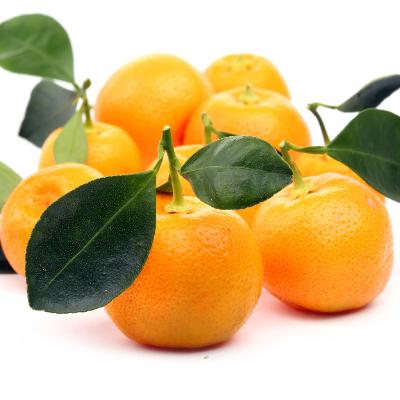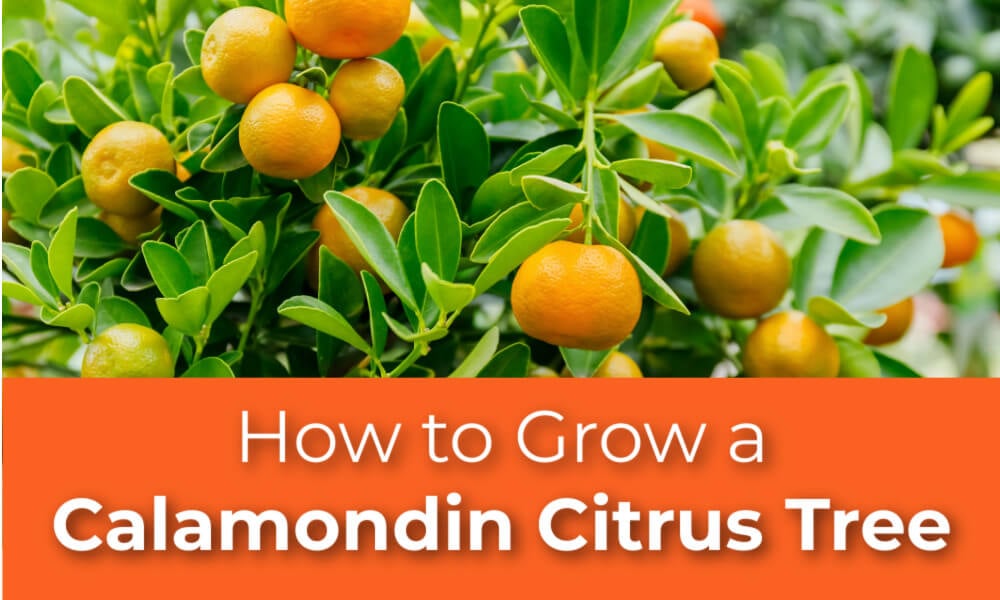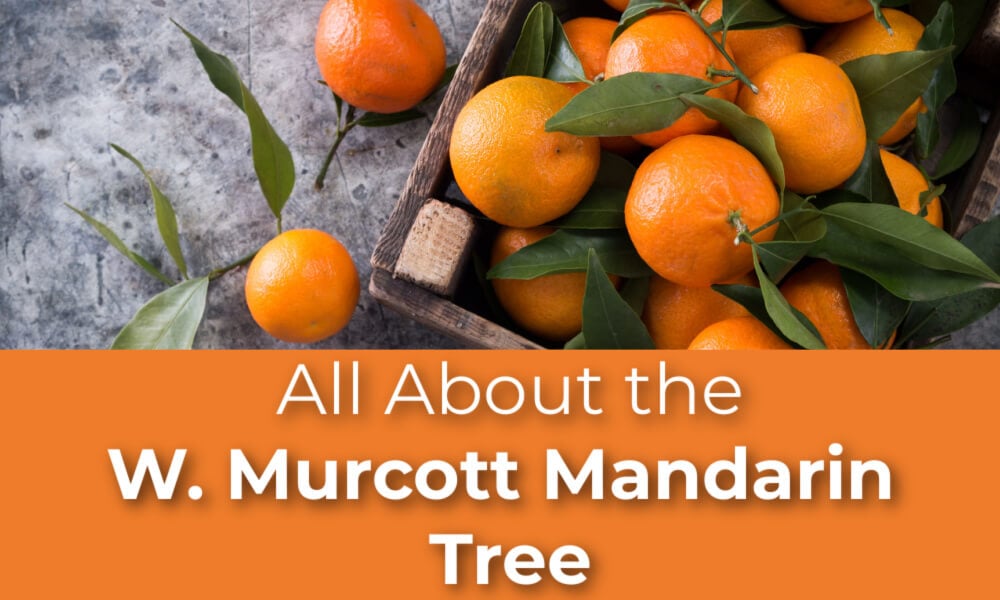How to Grow a Calamondin Citrus Tree
Calamondin, also known as Calamansi or Philippine lime, is a small, round citrus fruit that is native to the Philippines and other parts of Southeast Asia. It's a hybrid between a kumquat and a mandarin orange, and tastes like a sour mandarin or sour tangerine. Calamondin fruits are typically about the size of a golf ball, and they have a thin, tangerine-like peel and a juicy, sour-tasting pulp. They are commonly used in Filipino, Malaysian, Indonesian, and Thai cuisines to add a tangy flavor to dishes, beverages, and condiments.
Here are some care tips on how to grow a Calamondin citrus tree.
1. Choosing a Pot: Select a pot with good drainage holes, like these planters. The size of the pot should accommodate the tree's root system as it grows. For the primo sized calamondin trees, a pot with a diameter of at least 10-14" inches is recommended.
Planting in the ground: For in-ground planting, plant the tree in a prepared area about 3x the diameter of the pot, and as deep as possible. That soil should be well-draining and loose, allowing for root growth. Plant your tree at the same depth as the pot, keeping the crown of the roots just above the soil line. Water thoroughly after planting.
2. Soil: Use a well-draining chunky potting mix specifically formulated for citrus trees, such as our Primo Potting Mix.
3. Location: Place the potted tree in a location that receives at least 8 hours of sunlight. Citrus trees, including calamondin trees, require plenty of sunlight to thrive.
4. Watering: Water the tree regularly, keeping the soil consistently moist but not waterlogged. Use your finger to check the top inch of soil; if it feels dry, it's time to water. During the growing season (spring and summer), you may need to water more frequently. Reduce watering in the colder months.
5. Fertilization: Feed your calamondin tree with a balanced fertilizer such as Romeo Fertilizer or G&B Organic Citrus & Fruit Tree Fertilizer. Follow the manufacturer's instructions for application rates and timing. Fertilize during the active growing season (spring and summer) to support healthy growth and fruit production.
6. Pruning: Prune your tree in the early spring to maintain its shape and remove any dead or diseased branches. Regular pruning helps improve air circulation and sunlight penetration, which is essential for healthy growth. Click here to read more about pruning your citrus tree.
7. Pollination: Calamondin trees are self-pollinating, which means they don't necessarily require another tree for pollination. However, having multiple citrus trees nearby can improve cross-pollination and potentially enhance fruit production.
8. Pests and Diseases: Keep an eye out for common citrus pests like aphids, scale insects, and spider mites. Treat any infestations promptly using appropriate insecticides or insecticidal soaps, such as Captain Jack's Insecticidal Super Soap. Additionally, monitor your tree for signs of diseases such as citrus canker or citrus greening, and take necessary steps to prevent or manage these issues.
9. Frost Protection: If you live in a colder climate, consider bringing the potted tree indoors or providing frost protection during the winter months. Citrus trees are sensitive to frost and cold temperatures. Click here to read more about bringing your citrus tree inside for the winter.
10. Repotting: As your calamondin tree grows, it may outgrow its current pot. Repot the tree into a larger container every 2-3 years or when you notice the roots becoming overcrowded or the soil mix has started to break down.
Remember that to grow a Calamondin citrus tree, especially if you're not in an ideal climate, you should be prepared to provide consistent care and attention to your tree's needs. If you're growing your tree indoors or in a non-native climate, consider using artificial lighting to supplement sunlight during the darker months. If you have any more questions on how to grow a calamondin citrus tree, email us! cs@fourwindsgrowers.com
$60.00
--OVERVIEW-- Now Available! 36"-48" Calamondin Semi-Dwarf Trees The Calamondin citrus fruit, also called Calamansi, is prized in the Philippines. This variety has prolific fruit production. Its small sour orange fruit used as you would use a lime. Calamondin trees have… read moreCalamondin/ Calamansi Semi-Dwarf Tree





